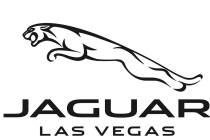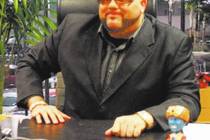Midsize and mid-priced, but certainly not middle of the road
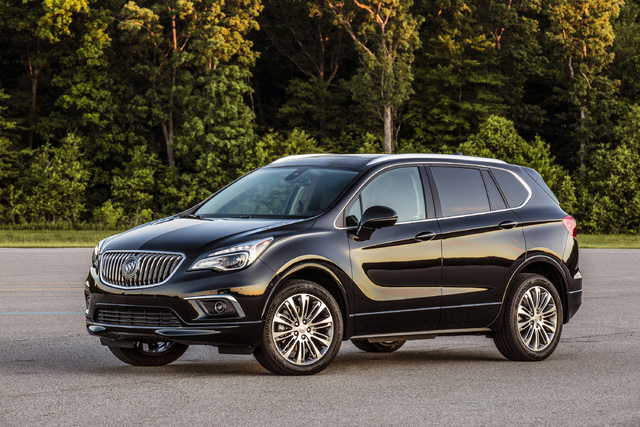

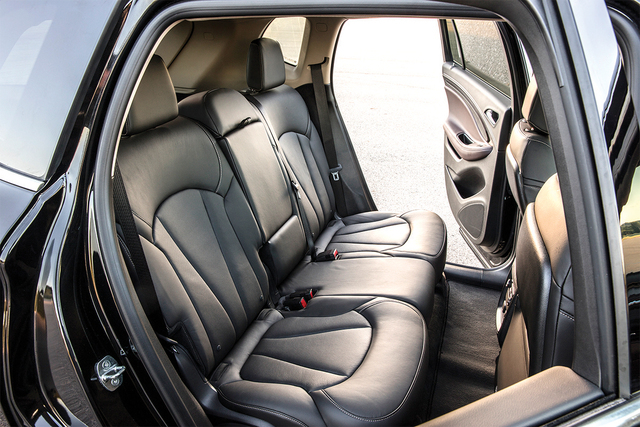
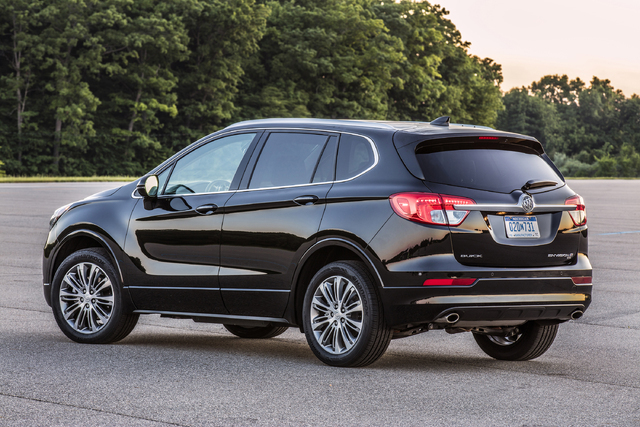
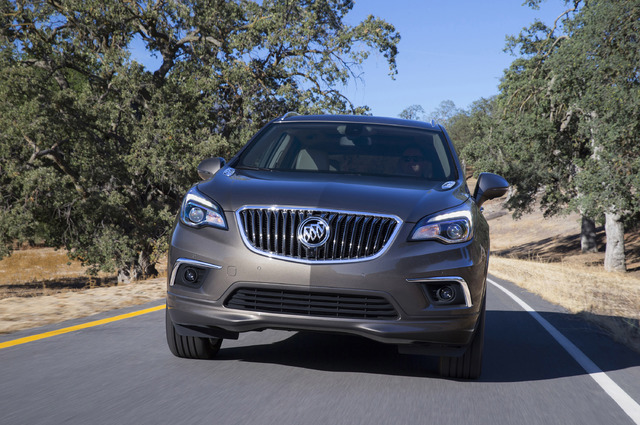
Call it a breakthrough of sorts, but Buick’s new Envision wagon is being brought to North America from a General Motors plant in China.
Chances are pretty good that David Dunbar Buick, who in 1902 founded what eventually became a division of General Motors, probably never would have envisioned (pun intended) such a development. And he certainly wouldn’t have counted on China, where the Envision has been in showrooms for the past year, becoming the No. 1 market for Buick vehicles.
The five-passenger Envision slots between the seven-passenger Enclave and the subcompact Korea-built Encore. And as if that isn’t enough globalization for one brand, Buick’s Cascada convertible is shipped in from Gliwice, Poland.
Regardless of its country of origin, the Envision actually was conceived and developed in Michigan. It arrives at a time when up-level wagons are in big demand. These include new and old models, such as the Acura RDX, Lincoln MKC, Audi Q5 and Lexus NX.
The Envision is fronted by a toothy grille that’s a common feature of other Buicks. Overall styling is reminiscent of the larger Enclave, particularly in the rounded, bulging shape of the front fenders. But from any angle, the Envision is one attractive automobile that contains not the slightest hint of its import heritage.
The same goes for the interior that’s all elegance and sophistication, with fancy wood and stitched leather trim. An active noise-canceling system, that works through the car’s speakers, filters out low-frequency engine sounds much like noise-canceling headphones.
On the practical side, the 8-inch touchscreen is visible to front- and rear-seat passengers, and the split-folding back bench can be adjusted fore and aft by a few inches, depending on whether you wish to maximize passenger or cargo space. The stowage bin that’s incorporated into the floor console can hold a horde of valuables.
Buick claims the Envision competes favorably with the segment leaders in stowage room, aided by a fuel tank that’s positioned beneath the front seats. This allows for an extra-low load floor and a rear seat that folds perfectly flat.
Base Envisions — there are five trim levels in total — come with a 2.5-liter four-cylinder engine that makes 197 horsepower and 192 pound-feet of torque. Optional is a more muscular turbocharged 2.0-liter four-cylinder with 252 horsepower and 260 pound-feet of torque. Note that a few well-equipped 2016-designated Envisions with the turbo engine already have started to arrive, while the rest are due this fall.
Both powerplants come with six-speed automatic transmissions.
All-wheel drive is available, but the type of AWD depends on which engine you select. Those fitted with the turbo 2.0 automatically get an active twin-clutch system with a rear differential that distributes added torque to the outside wheel when turning, called torque vectoring. That feature does not come with the nonturbo 2.5 that comes in front- or optional AWD.
The Envision rings in at 21 mpg in the city and 28 mpg on the highway for the 2.5, while the turbo 2.0 is rated at 20/26.
With a base price of $35,000, including destination fees, Envisions come with dual-zone climate control, heated eight-way power adjustable front seats, push-button start, rear park assist, hands-free power liftgate and 18-inch alloy wheels.
Notching up at least a couple of trim levels, and shelling out more than $8,000, gets you into an Envision Premium AWD with the turbo engine plus tri-zone climate control, premium leather seats, seven-speaker Bose-brand audio system, 19-inch wheels and a host of active safety technology to keep drivers out of collisions.
The top-end Premium II adds a bit more standard stuff, including a navigation system, but a panoramic moonroof and an outside surround-vision camera remain optional.
The new Envision appears to have all the necessary ingredients that buyers expect in a premium model. Although some might balk at the car’s Chinese connection, chances are that how it looks and the way it drives ultimately will take precedence.
David Dunbar Buick would likely be OK with that.









